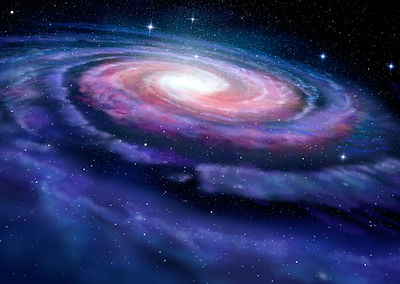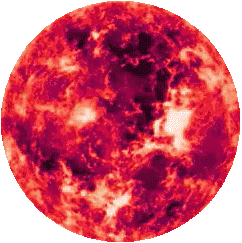
Trappist-1 Star System
The Trappist-1 Star System contains 1 Star and 7 Planets.
3 Planets are habitable planet candidates, planets Trappist-1 IV, V, and VI
The Trappist-1 Star System is located within near the inner rim of the Orion Arm, within the Local Bubble, in the Milky Way Galaxy, which is 26,000 light years away from the massive Sagittarius black hole at the center of the Galaxy.
/ Star & Planets / Stars & Planets List 21 to 40 Light Years / Trappst-1 Star System
230.045 Trillion Miles
39.1300 Light Years
11.9973 Parsecs
Trappist-1

M8V Class Red Dwarf
4,159 F Photosphere
Trappist-1 I
0.01154 AU
Tidally Locked
1.374 (EM)
Super Terran
8,836 Miles
5.425 Density
1.102 g
Atmosphere ?
Hot
Life ?
Extreme Flares
7.605 Billion Years Old
Main Sequence
Population I
Heavy Element Rich
Trappist-1 II
0.01580 AU
Tidally Locked
1.308 (EM)
Super Terran
8,686 Miles
5.447 Density
1.086 g
Atmosphere ?
Hot
Life ?
Trappist-1 III
0.02227 AU
Tidally Locked
0.388 (EM)
Sub Terran
6,096 Miles
4.354 Density
0.624 g
Atmosphere ?
Warm
Life ?
0.02925 AU
Tidally Locked
0.692 (EM)
Terran
7,285 Miles
5.6304 Density
0.817 g
Atmosphere ?
Cold
Life ?
0.03849 AU
Tidally Locked
1.039 (EM)
Terran
8,274 Miles
5.009 Density
0.951 g
Atmosphere ?
Freezing
Life ?
0.04683 AU
Tidally Locked
1.321 (EM)
Super Terran
8,939 Miles
5.042 Density
1.035 g
Atmosphere ?
Freezing
Life ?
Trappist-1 VII
0.06189 AU
Tidally Locked
0.326 (EM)
Sub Terran
6,097 Miles
4.147 Density
0.570 g
Atmosphere ?
Freezing
Life ?
1 AU = 92,955,807 Miles
Chemical Rocket Travel Time
391,300 Earth Years
Fission Rocket Travel Time
787.32 Earth Years
Fusion Rocket Travel Time
393.66 Earth Years
Laser Light Sail Travel Time
196.83 Earth Years
Trappist-1 Planets Probability to Host Life
Trappist-1 III: The chances for life on Trappist-1 III are currently considered low because the James Webb Space Telescope has found it does not have an Earth-like atmosphere, which is crucial for life as we know it. While the planet is rocky, Mars-sized, and orbits in the star's habitable zone, the volatile red dwarf star Trappist-1 may have stripped away its atmosphere over time through intense solar flares.
Trappist-1 IV (Khanopa): The chances for life on Trappist-1 IV are unknown, but recent studies suggest it may be inhospitable due to atmospheric stripping by its host star, though it was once considered one of the most promising planets for habitability. While Trappist-1 IV is located in its star's habitable zone, its potential to retain an atmosphere and liquid water is uncertain. New data from the James Webb Space Telescope will be crucial to determine if Trappist-1 IV has an atmosphere and the conditions necessary to support life.
Trappist-1 V (Nibaka): The chances for life on Trappist-1 V are low, although it orbits within the star's habitable zone. While Trappist-1 V is similar to size to Earth and rocky, its distance from the star might make it too cold for liquid water on its surface, and it might not have a sufficient atmosphere or internal heat to support life.
Trappist-1 VI (Mireneaux): The chances for life on Trappist-1 VI are considered low but not zero, as the planet is likely a frozen world outside the optimal habitable zone, but its larger mass could allow it to retain an atmosphere necessary for liquid water, especially if volcanism or a thick hydrogen atmosphere creates a "Hycean world." While initial estimates placed it in the habitable zone, more recent models suggest it receives insufficient light, potentially leading to a frozen ocean surface. However, if it possesses a thick atmosphere or has significant volcanic activity to maintain greenhouse gases, the existence of liquid water and potential life is still a possibility.


The Trappist-1 planets have always been a source of fascination for me regarding potential habitability. However, we must also be realistic about these planets harboring life, especially with the new results from the James Webb Telescope. The Trappist-1 star produces extreme flares, which can easily strip off the atmosphere of a planet and also sterilize its surface. We need much more data about the Trappist-1 planets to determine if they are truly habitable or not.